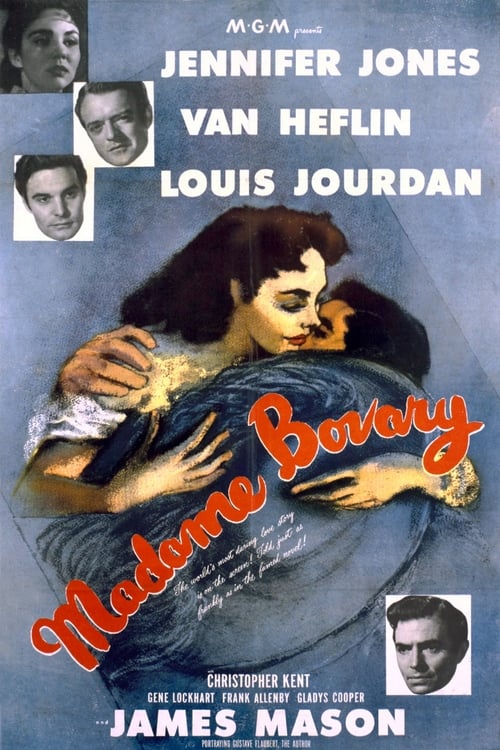


The last two quoted sentences appear in free indirect discourse. So at last she was to know those joys of love, that fever of happiness of which she had despaired! She was entering upon a marvelous world where all would be passion, ecstasy, delirium. She repeated, 'I have a lover! a lover!' delighting at the idea as if a second puberty had come to her. In direct discourse, the narrator quotes a character: “Madame Bovary said, ‘I have a lover! a lover!’” In indirect discourse, the narrator paraphrases a character’s statement or thought: “Madame Bovary said that she had a lover.” In free indirect discourse, however, the narrator paraphrases the thoughts of a character, sometimes at great length, without marking them off with a phrase like “Madame Bovary thought that…” In a well-known example, Emma Bovary looks forward to life as an adulteress while regarding herself in a mirror:

The method transformed realism and even became an issue in the trial. His use of what literary critics call “free indirect discourse” (in French, “style indirect libre,” “free indirect style”) tended if anything to undermine the idea of the objective narrator, by making it difficult to distinguish between the perspective of the narrator and that of the character.

Rather, his narrators were generally unobtrusive. He wrote that “the artist in his work should be like God in the universe, present everywhere and visible nowhere.” This idea of the godlike artist did not involve meting out punishments or pronouncing moral judgments. Pinard failed to win a conviction, but the court reprimanded Flaubert for forgetting that art “must be chaste and pure not only in its form but in its expression.” įlaubert attempted to cure the banality of modern “received ideas” through the dispassionate and precise use of language. In January, 1857, the French prosecutor Ernest Pinard accused Flaubert of an “offense to public and religious morality and to good morals” for publishing the novel. The novel exemplifies the tendency of realism, over the course of the nineteenth century, to become increasingly psychological, concerned with the accurate representation of thoughts and emotions rather than of external things. Gustave Flaubert's Madame Bovary (1856) is the story of a bored housewife who has two extra-marital affairs but finds adultery almost as disappointing as marriage.


 0 kommentar(er)
0 kommentar(er)
